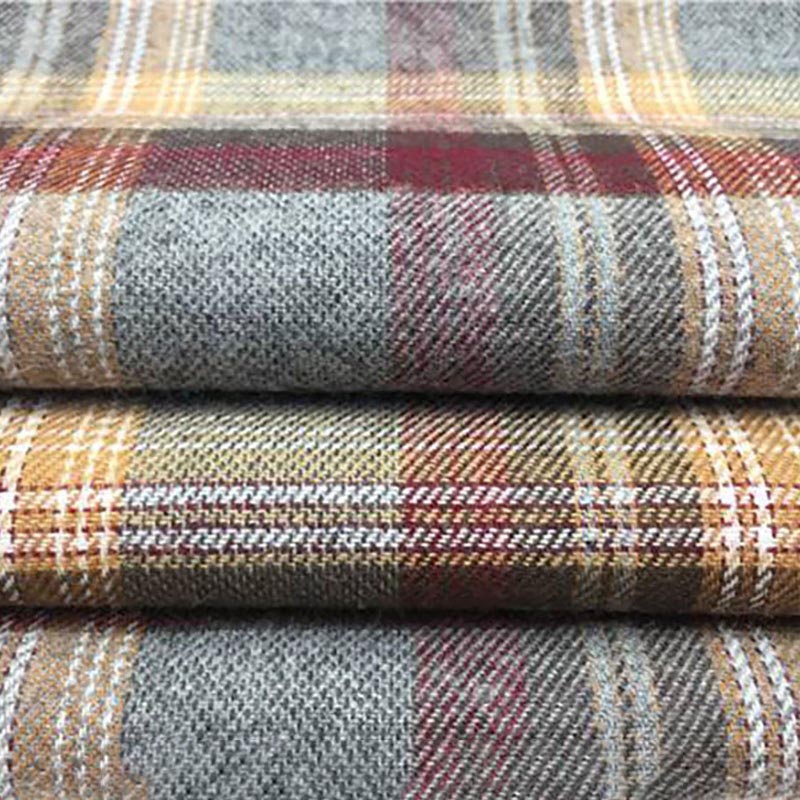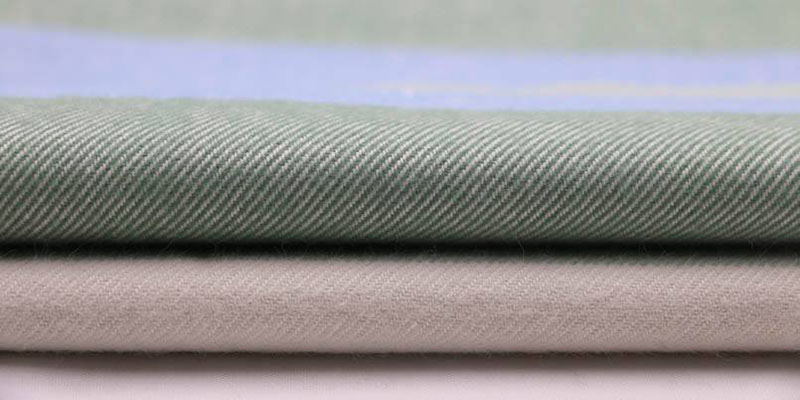.jpg?x-oss-process=image/resize,h_400,m_lfit/format,webp)
In today's competitive fashion industry, advanced fabric technologies are driving innovation and development. As a marketing team leader, I understand the importance of understanding these trends in order to support the company's product positioning and market strategy.
.jpg)
As consumers continue to demand higher performance and sustainability from fabrics, the demand for high-performance fabrics is growing. These fabrics not only have better durability and comfort, but also perform well in multiple environments. In this area, technological advances have enabled fabrics to have enhanced functionality, such as waterproof, breathable, and antibacterial properties, which have opened up new possibilities for clothing design.
.jpg)
In addition to functionality, the aesthetics of fabrics is also an important factor in consumer choice. Excellent fabric technology can create delicate effects in texture, color and pattern, making the brand's products more competitive in the market. For example, through yarn-dyed weaving and dyeing technology, designers can better show their creativity and attract the attention of target consumers.

It is very important to understand the development trends of these fabric technologies when we formulate marketing strategies. This not only helps us accurately grasp market trends, but also provides data support for our product strategies. We need to work closely with fabric suppliers to ensure that our products are always at the forefront of technology and design.

In summary, the development of advanced fabric technology has had a profound impact on the fashion industry. As a marketing team, we must keep pace with the times, flexibly adjust our strategies, and seize every opportunity to achieve sustained growth of the brand in this rapidly changing market environment.
.jpg)
